Editorial Sans
A clean and contemporary look while honoring its classic roots.
Free to try
Licenses start at $40
Editorial Sans style list
16 Styles
01234567
{(!@#$?&)}
01234567
{(!@#$?&)}
- Thin 100
- Ultralight 200
- Light 300
- Regular 400
- Medium 500
- Bold 700
- Ultrabold 800
- Heavy 900
- Thin Italic 100
- Ultralight Italic 200
- Light Italic 300
- Regular Italic 400
- Medium Italic 500
- Bold Italic 700
- Ultrabold Italic 800
- Heavy Italic 900
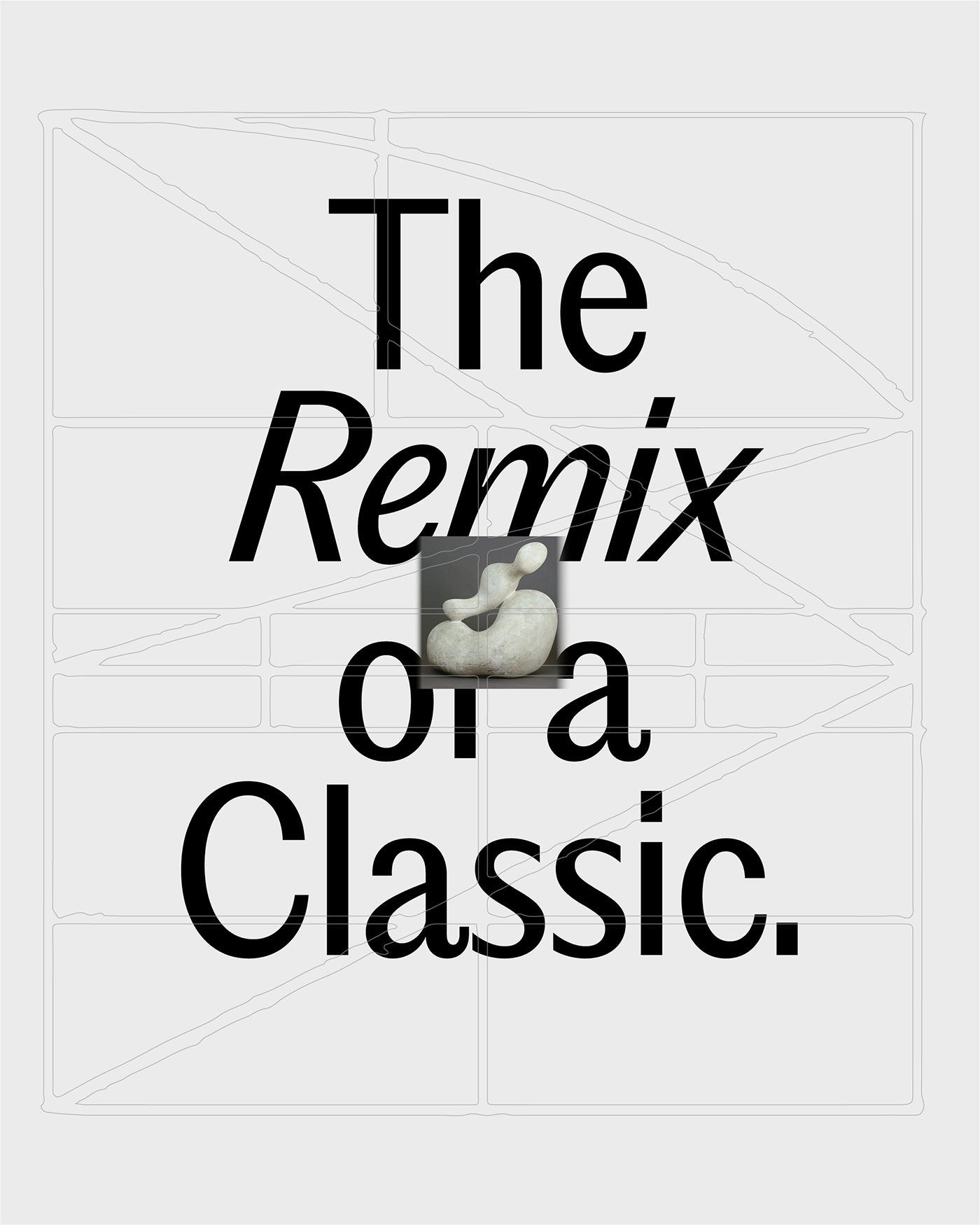
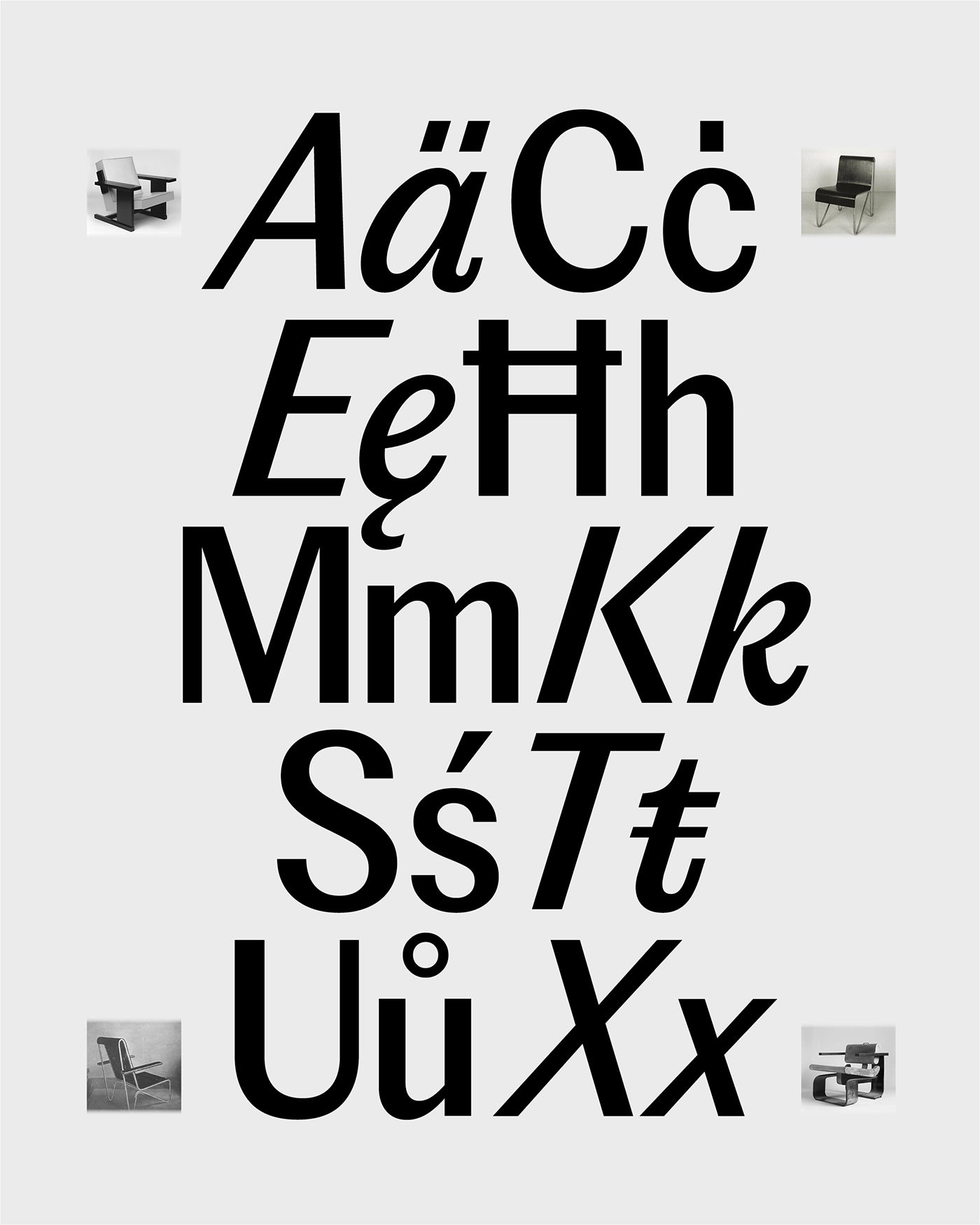
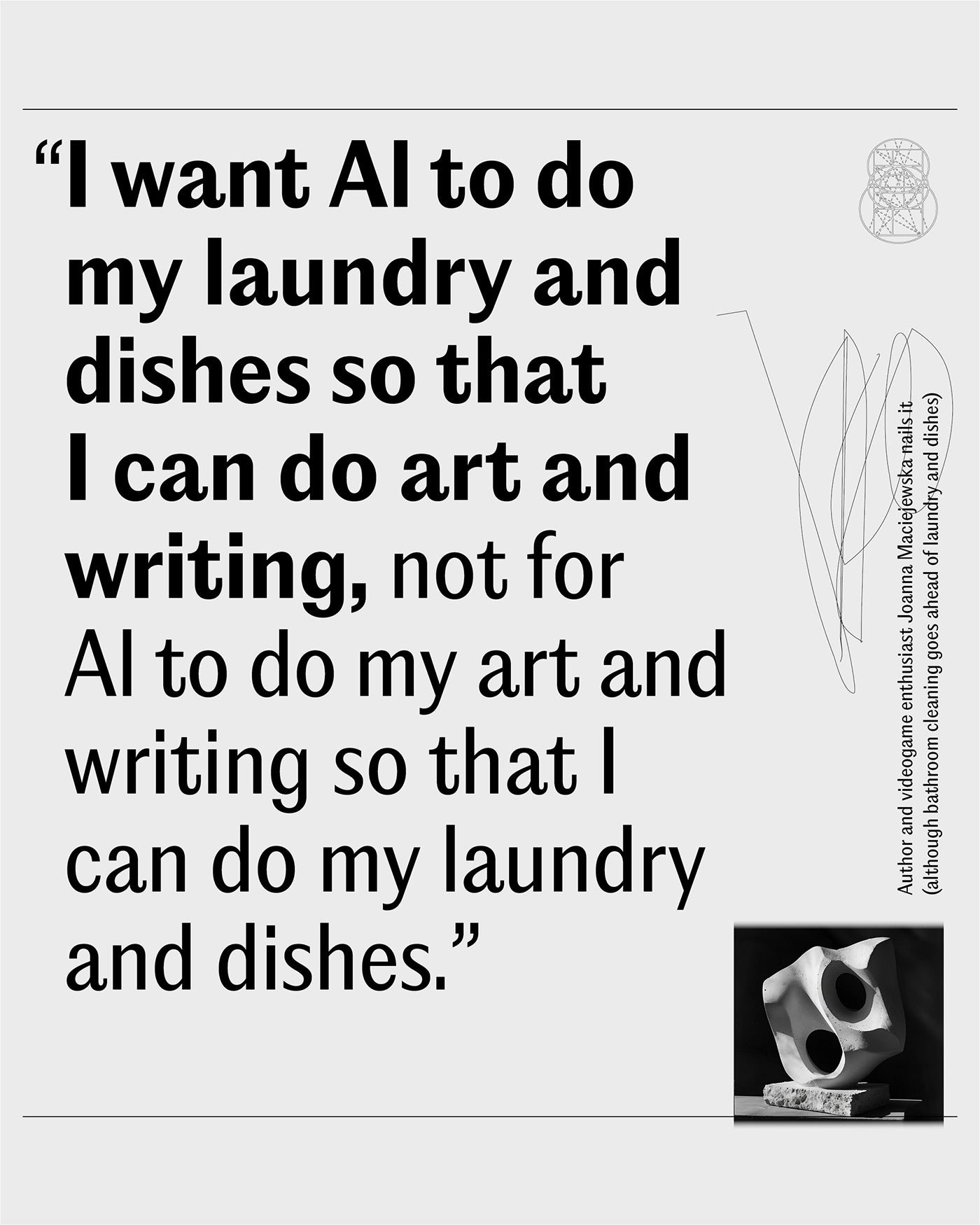
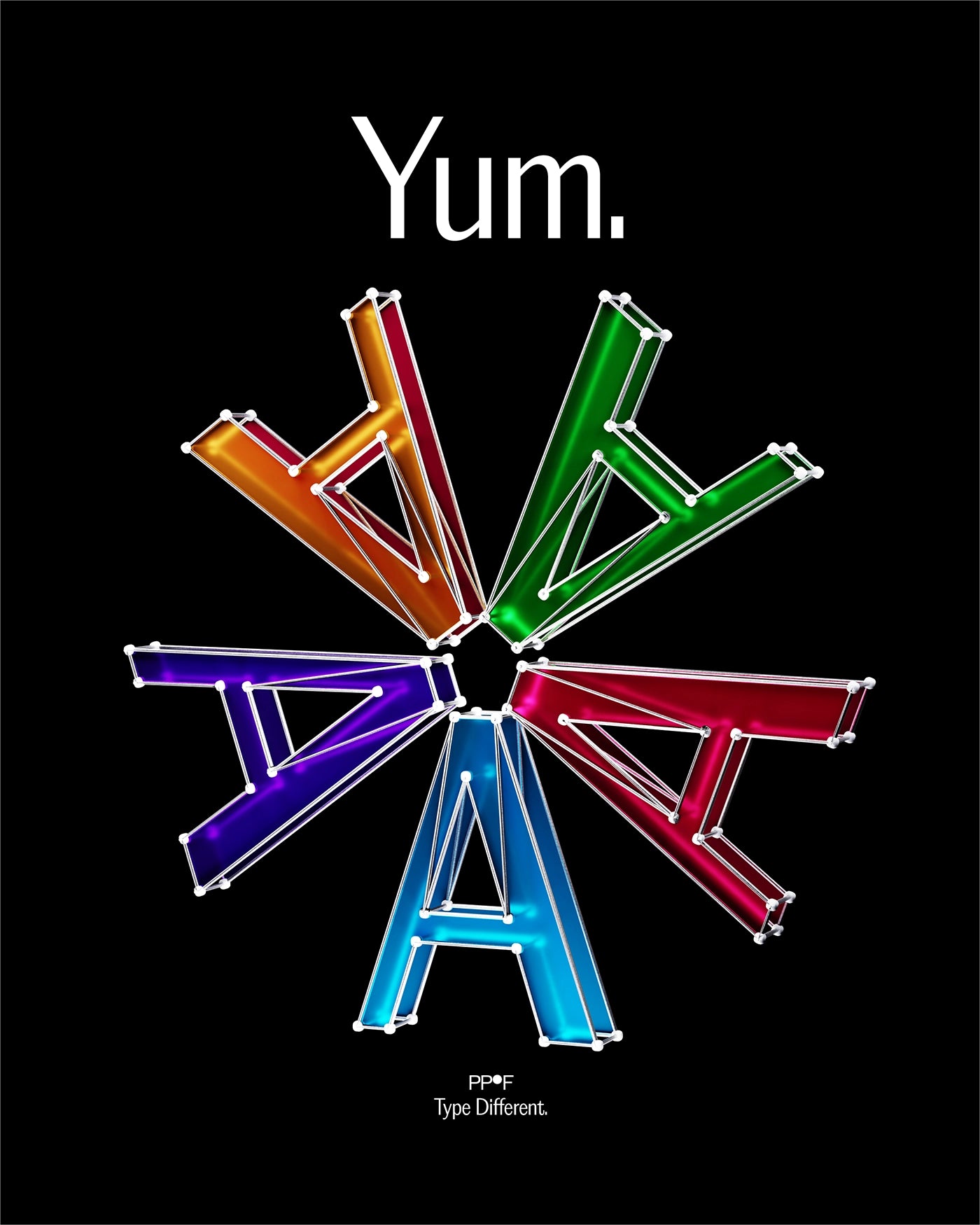
Editorial Sans
with Italics
Glyphs set overview
Glyphs set overview
Glyphs View

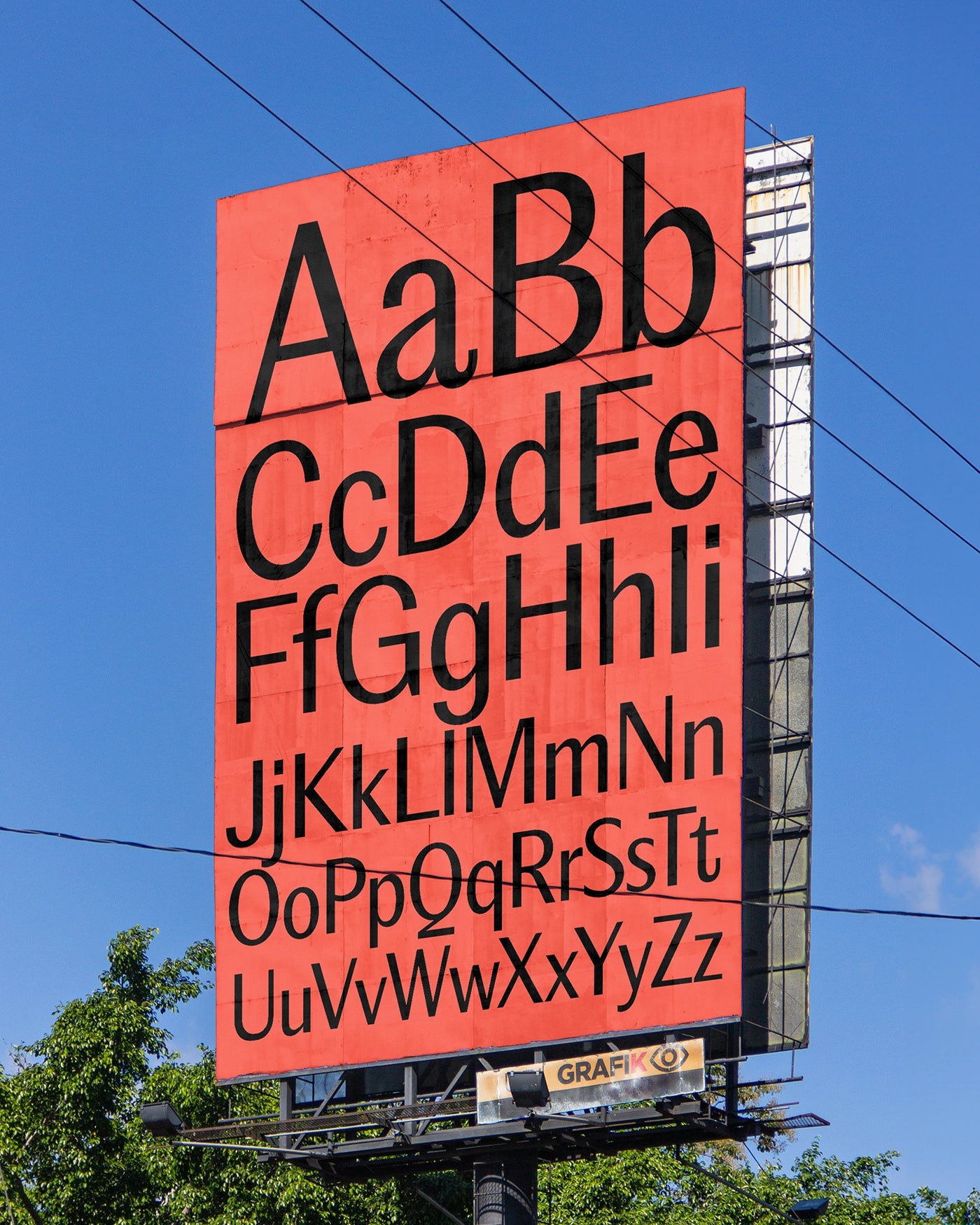
Editorial Sans's Features
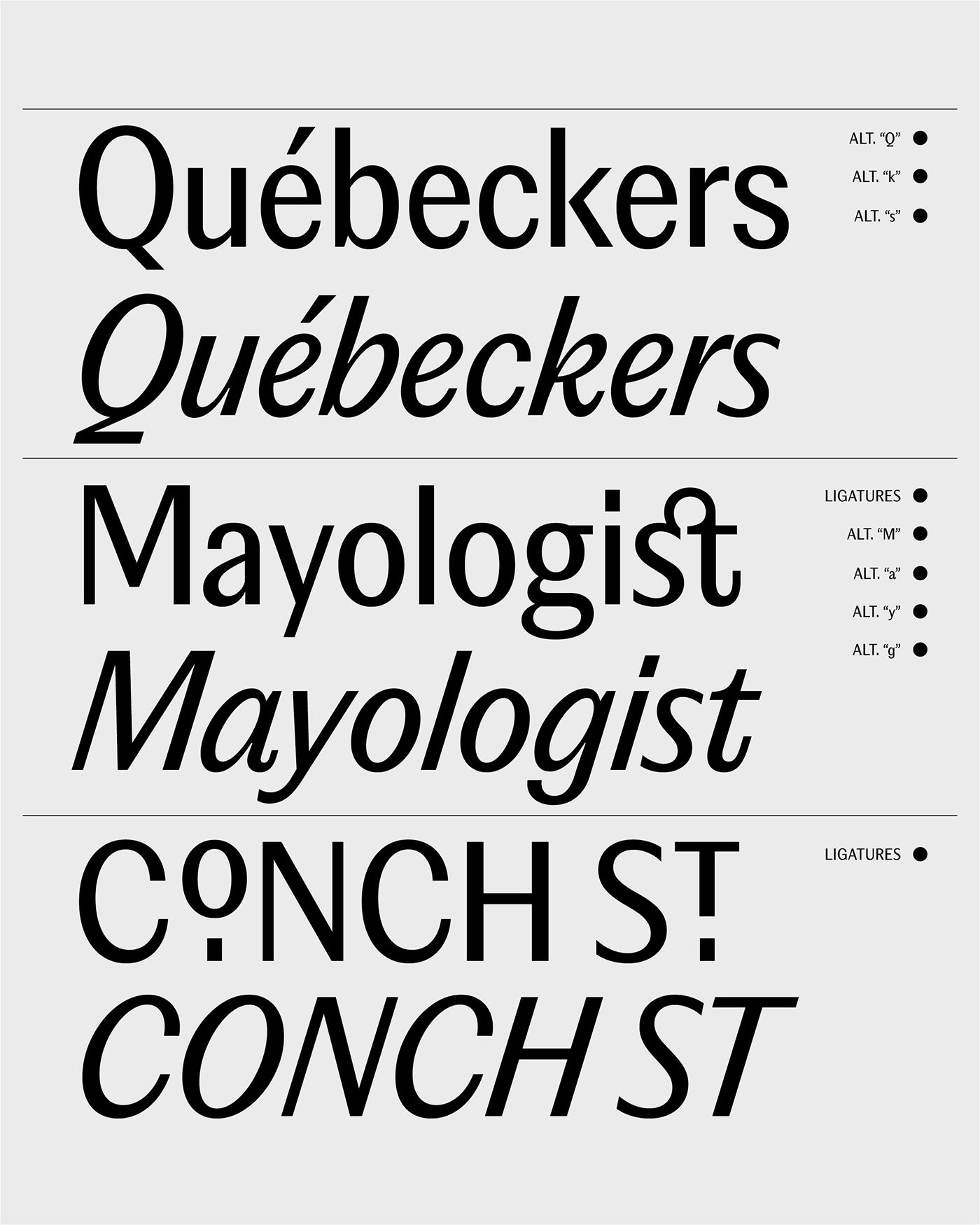
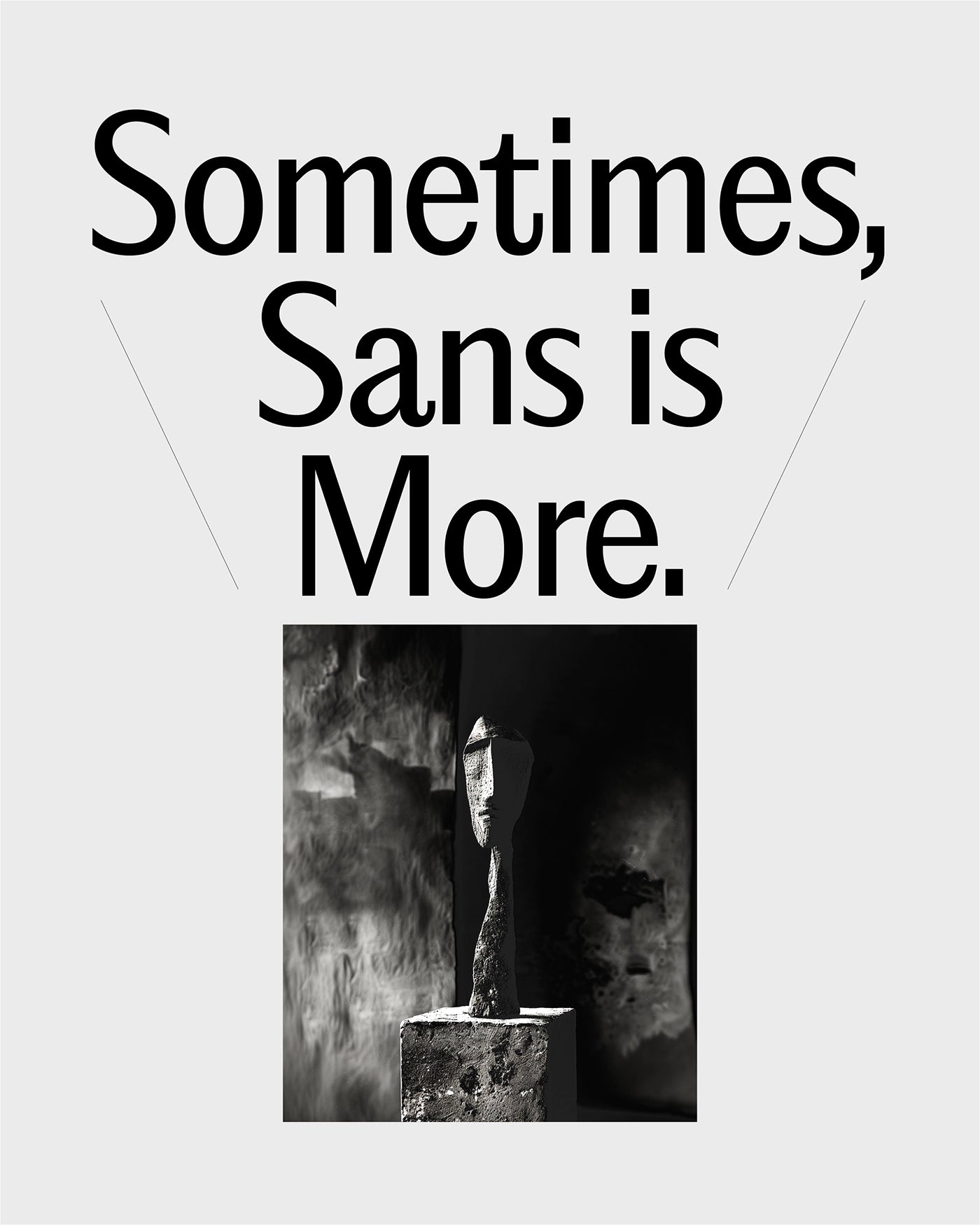
Refined for Print. Ready for Screen.
Editorial Sans is a typeface that seamlessly bridges the past and present, embodying a retro-modern aesthetic. Building on the legacy of its serif counterpart, Editorial New, it retains the same proportions and metrics but with a sleek sans-serif design. Editorial Sans offers a clean and contemporary look while honoring its classic roots, making it ideal for a variety of design applications where elegance and modernity intersect. Its versatility shines in both digital and print mediums, from editorial layouts and branding to web design and advertising. Whether you’re crafting a minimalist logo or a sophisticated magazine spread, Editorial Sans provides the perfect balance of timeless charm and modern sophistication.
It comes in 16 meticulously crafted styles with true italics — a rare feature in Sans-serifs.
Designers
Collaborator
- Radek Górniak (Visuals)
Categories
- Humanist
- Italics
- Sans Serif
- Text
- Variable
Styles
- 16 Styles
16 Styles with 538 Glyphs each
Including True Italics
Version
1.00
Latest update: June 2024
Available formats
OTF, TTF, WOFF, WOFF2
Language Support
Afrikaans, Basque, Breton, Catalan, Croatian, Czech, Danish, Dutch, English, Estonian, Finnish, French, Gaelic, German, Hungarian, Icelandic, Indonesian, Irish, Italian, Latvian, Lituanian, Norwegian, Polish, Portuguese, Romanian, Saami, Serbian, Slovak, Slovenian, Spanish, Swahili, Swedish, Turkish, (and more)
Download PDF specimenCommercial Licenses
Not sure what to get? Or can’t find the right coverage?
Please contact us for our tailored corporate licenses!
Need more information about our licenses?
Our FAQ usually contains most of the answers.





